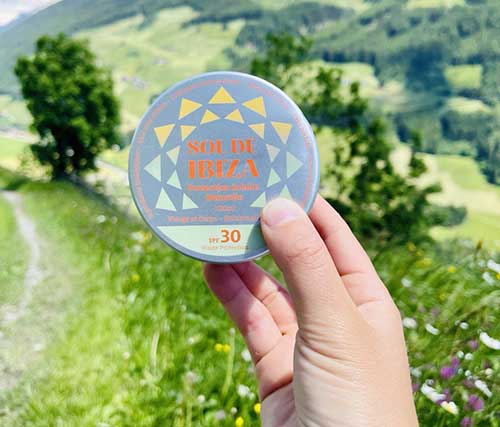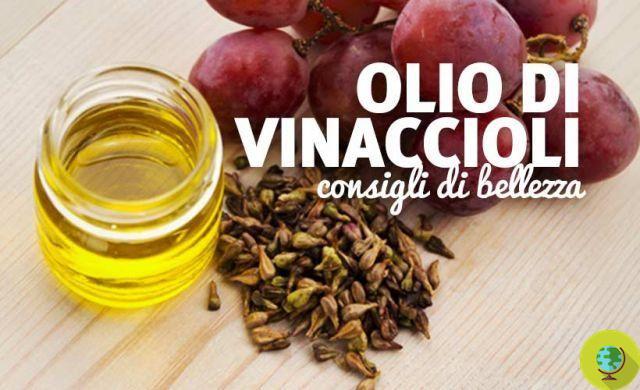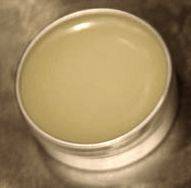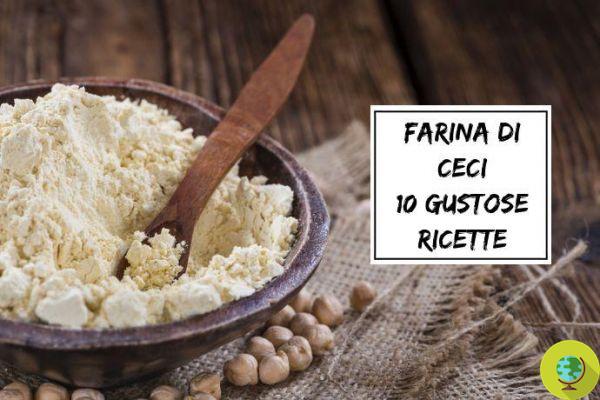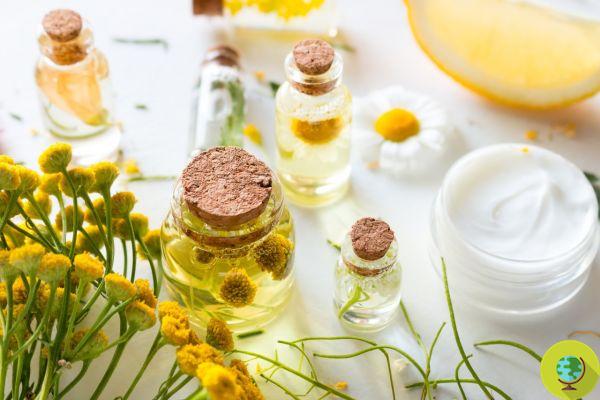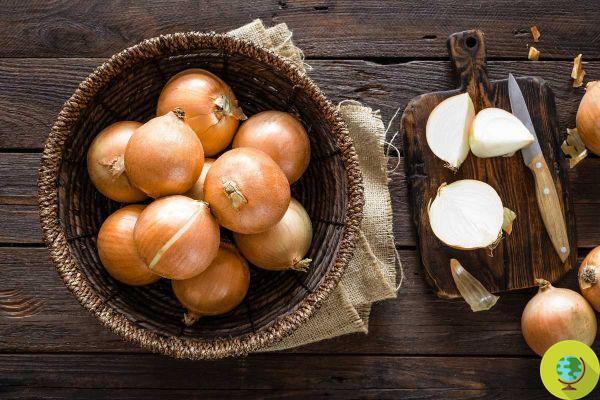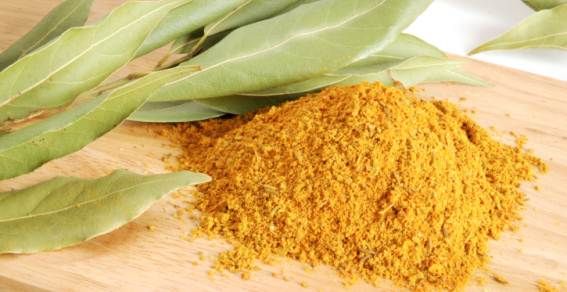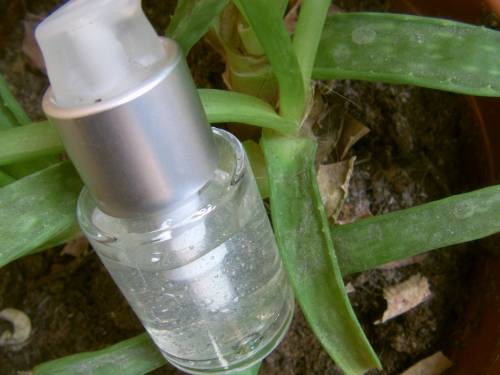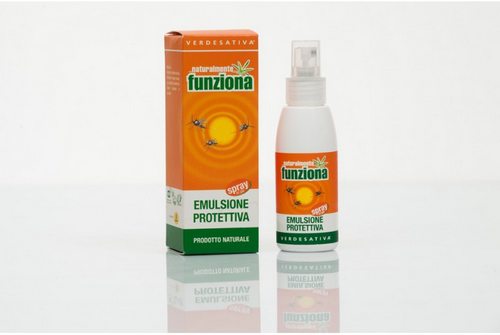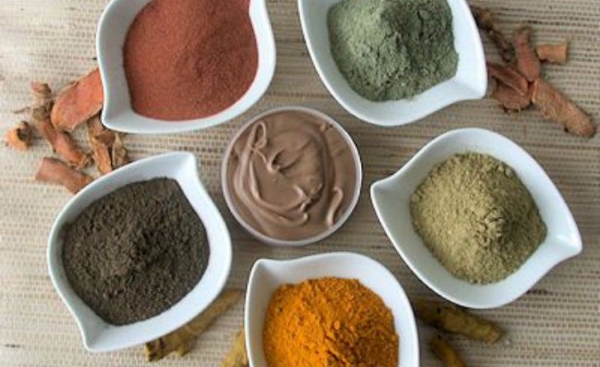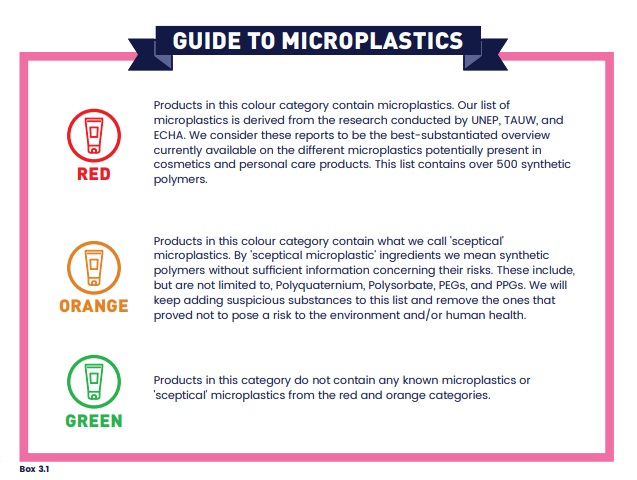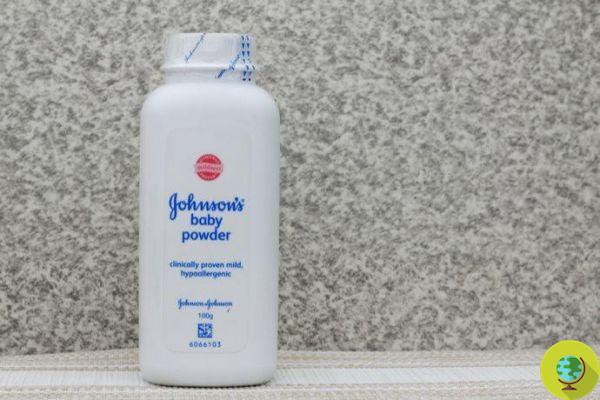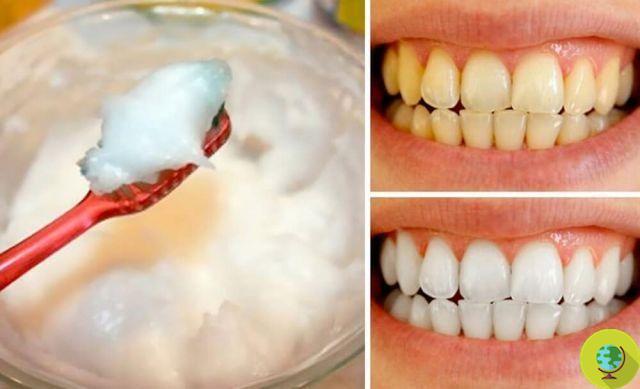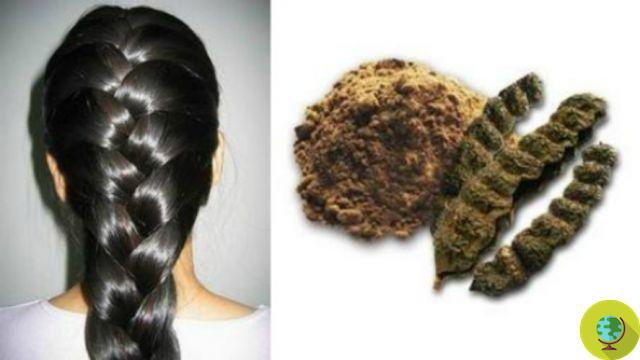How to color and perfume soap in a natural way. If you have already started making your own soap at home in a basic, non-colored and non-scented version, you may want to go to the next level to get aromatic and pleasantly nuanced soaps. The most immediate way to color homemade soap is to use food coloring, but there are decidedly more natural alternatives.
Don't store avocado like this: it's dangerous
If you have already started prepare the soap in house in a basic, uncolored and unscented version, you may want to go to the next level to get some aromatic soaps with pleasant shades. The most immediate way to color the homemade soap consists in resort to food dyes, but there are decidedly more natural alternatives.
color and perfume the soap without resorting to artificial dyes or synthetic fragrances consists in turning to the world of plants, spices and minerals, as well as essential oils. The main trick is toadd the ingredients to color and perfume more delicate, such as essential oils and spices, only in the final part of the soap preparation, when the process is in the stage of the belt: the soap, while being blended, takes on the typical consistency of custard, and if a drop is dropped on a solid surface, it manages to leave a trace. Oleolites, decoctions and infusions instead, they are used at the beginning of the preparation. Here are some tips for scenting and coloring soap in a natural way.
Index
Essential oils
- essential oils they are extracted from flowers, aromatic plants, bark and citrus peel. They are very concentrated and fragrant. Therefore, small quantities will be enough to perfume the homemade soap. Essential oils must be added at the stage of the tape, so that the action of the soda does not eliminate their scent. It is possible to fix the scent of essential oils, so that they last longer, by mixing them with a small amount of corn or rice starch to pour into the soap. Or it is advisable to get them absorbed by dried herbs that will eventually be used for the preparation of the soap.
READ also: Essential oils: 20 possible uses for beauty, home and health
Herbs and dried flowers
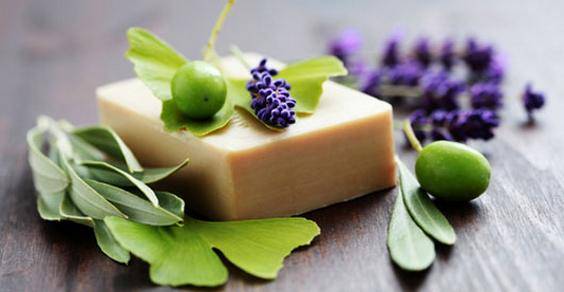
Herbs and dried flowers they help to decorate and perfume the soap at the same time. These are precious ingredients to always add in the ribbon stage. Among the most fragrant flowers, to be used in the dried version to decorate and perfume, we find the lavender essence and chamomile, of which to keep petals and flower heads. Among the herbs that give the most perfume there are sage and rosemary. As for the color, you can use mint dry ground to obtain shades of green e calendula dry ground for yellow. If you want to decorate the surface of the soap with dried herbs or dried flowers, arrange them on the bottom of the mold before pouring it.
Oxides and micas
Oxides and micas, both powdered ingredients, are coloring substances of mineral origin. They can be purchased in natural cosmetics stores and that offer products for the making do-it-yourself cosmetics. They are mostly found online. Their addition occurs at the stage of the tape. The advice is to pour them gradually, for example a tip of a teaspoon at a time, in order to obtain the desired shades.
Infusions and decoctions
Unlike the other ingredients, infusions and decoctions must not be added at the time of the ribbon phase, but at the beginning of the soap preparation, replacing the amount of water indicated by the recipe you have decided to follow. Infusions and decoctions of flowers or herbs must be filtered very carefully through a colander. The amount of herbs to use varies according to the color or intensity of the scent you want to give to the soap. Subtle aromas and shades are usually obtained. The decoctions and infusions of sage, chamomile, rosemary and lavender are the most suitable. For example, the decoction of sage gives the soap a golden-yellow color.
Cocoa and coffee
Cocoa and coffee, both in powder, are useful both for coloring and for scenting soap. You will get a color with shades of brown. The scent of cocoa, in particular, is very persistent. Gradually add the cocoa and coffee powder in the ribbon phase, until the desired nuance is obtained. THE coffee beans can be arranged on the bottom of the mold to decorate the soap
Oleolites
The oleolites o oily macerates prepared with fiori e herbs they give the soap colored shades, perfume and healing properties. They can be completely or partially substituted for the quantity of oil indicated in the recipe that you will follow for the preparation of the soap. Remember to always calculate the quantities of oil, water and soda to use based on the appropriate tables available online. One of the most effective oily macerates for coloring soap is thehypericum oil prepared with olive oil, which takes on its characteristic red color. It is also possible to prepare oleolites of flowers, such as lavender, la calendula or chamomile, and herbs, such as rosemary or sage. As a rule, fresh flowers and herbs are used, to be left to macerate in a jar full of olive oil for 15 to 30 days.
READ also: Do-it-yourself perfumed body oils: the jasmine oleolite recipe
Spices
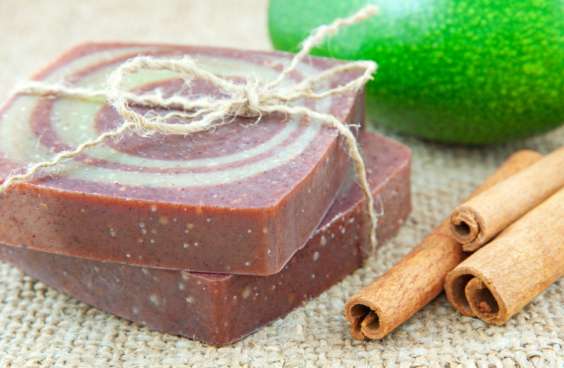
Among the useful ingredients to color the soap in a natural way can not miss the spices. They must be used in powder form and added during the preparation of the soap at the time of the belt phase. Among the spices that guarantee the most evident colors we find the turmeric, the saffron, curry and paprika. The cinnamon it is excellent for perfuming, as well as for obtaining pinkish shades.
Dyeing herbs
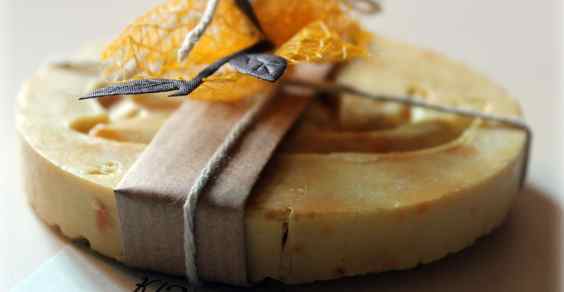
The same dyeing herbs that are used for natural coloring of the hair or fabrics can also be useful for soap decoration. They are used in powder form and added little by little in the ribbon stage. Among the most common dyeing herbs we find thehenna, useful for obtaining an orange color, theindigo, which tinges with violet-blue, the walnut husk for brown andalcanna for red. They can be purchased, already in powder form, online or in herbal medicine.
Vegetables
Some fruits and vegetables have strong marks coloring properties and can be used to dye soap. The coloring effect is due to their pigment content and betacarotene. In particular, to obtain yellow-orange soaps it is possible to resort to carrot juice, to be used alone in place of water or in combination with the amount of water indicated in the recipe. With fruit and vegetable juices you can experiment to obtain soaps of different shades. Sugar-free juices should be used, preferably homemade. With the spinach juice, eg, you will get shades of green.
Clays
The clays are useful for giving more or less intense shades to soap and to obtain exfoliating soaps. They are used in powder form and added to the soap in the ribbon stage little by little, depending on the desired effect. Batano 1 or 2 tablespoons. The most suitable products for soap coloring are pink clay e Green clay. Natural clays can be purchased online or at a herbalist's shop.
Marta Albè
READ also:
Do-it-yourself mild body soap (Video tutorial)
How to make vegan soap at home
Soap? It can be done!
Soap: 10 DIY molds for self-production




